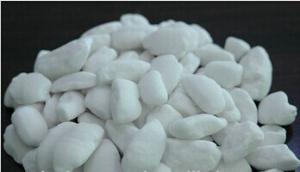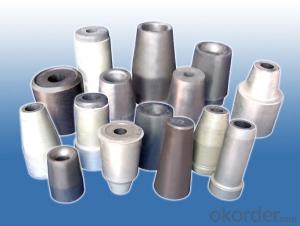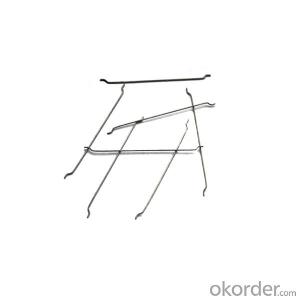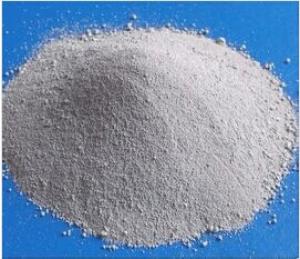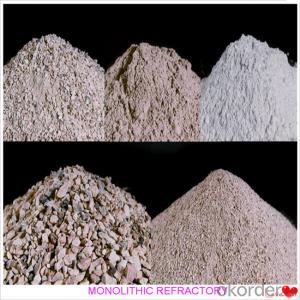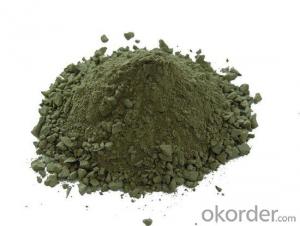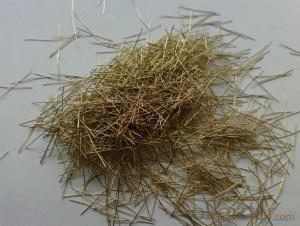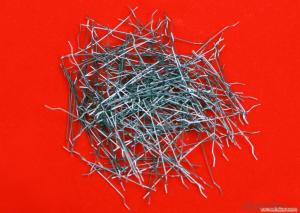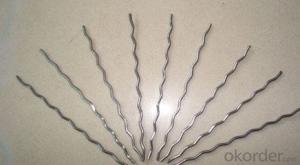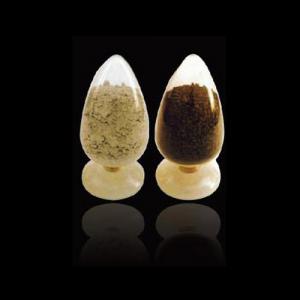All Categories
- - Steel Wire Rod
- - Steel Coils
- - Steel Profiles
- - Steel Pipes
- - Stainless Steel
- - Tinplate
- - Special Steel
- - Steel Sheets
- - Steel Rebars
- - Steel Strips
- - Hot Rolled Steel
- - Cold Rolled Steel
- - Pre-painted Steel
- - Seamless Steel Pipe
- - Welded Steel Pipe
- - Hollow Steel Tubes
- - Galvanized Pipe
- - Stainless Steel Coil
- - Stainless Steel Sheet
- - Stainless Steel Plate
- - Stainless Steel Strips
- - Electrolytic Tinplate Coil
- - Electrolytic Tinplate Sheet
- - Stainless Steel Rebars
- - Solar Panels
- - Solar Water Heater
- - Solar Related Products
- - Solar Inverter
- - Solar Cells
- - Solar Light
- - Solar Energy Systems
- - Solar Controllers
- - Solar Mounting System
- - Solar Pump
- - Solar Chargers
- - Fiberglass Chopped Strand
- - Fiberglass Mesh Cloth
- - Composite Pipes
- - FRP Pultrusion Profiles
- - Fiberglass Mat Tissue
- - Fiberglass Fabrics
- - Fiberglass Mesh
- - Composite Tank
- - Fiberglass Mesh tape
- - Polymer
- - FRP Roofing Panel
- - Fiberglass Roving
- - Monolithic Refractories
- - Ceramic Fiber Products
- - Refractory Bricks
- - Raw Materials For Refractory
- - Suspended Platform
- - Cranes
- - Concrete Machinery
- - Earthmoving Machinery
- - Building Hoist
- - Road Building Machinery
- - Plastic Pipe Fittings
- - Plastic Tubes
- - Plastic Sheets
- - Agricultural Plastic Products
- - Plastic Nets
Q & A
How do monolithic refractories compare to brick refractories in terms of installation time?
Monolithic refractories typically require less installation time compared to brick refractories. Monolithic materials can be easily poured or gunned into place, eliminating the need for individual brick laying. This leads to faster installation and reduced labor costs.
What are the current trends in monolithic refractories?
The current trends in monolithic refractories include the development of advanced formulations with improved thermal shock resistance and durability, increased focus on environmental sustainability with the use of eco-friendly raw materials, and the integration of digital technologies for real-time monitoring and maintenance of refractory linings. Additionally, there is a growing demand for monolithic refractories in industries such as steel, cement, and glass, driving research and innovation in this field.
How do monolithic refractories provide resistance to thermal cycling?
Monolithic refractories provide resistance to thermal cycling by their ability to withstand rapid changes in temperature without cracking or spalling. This is due to their homogeneous and continuous structure, which allows for better thermal conductivity and expansion/contraction properties. Additionally, their high refractoriness and low thermal conductivity minimize heat transfer, preventing thermal shock and ensuring durability under extreme cyclic conditions.
Can monolithic refractories be used in the construction of cement kilns?
Yes, monolithic refractories can be used in the construction of cement kilns. Monolithic refractories are versatile and can be shaped and installed to fit the specific requirements of cement kilns, providing excellent resistance to high temperatures and chemical attacks. This makes them an ideal choice for lining the various parts of the kiln, such as the preheater, rotary kiln, and cooler, ensuring optimal performance and durability.
How do monolithic refractories handle hydrogen attack?
Monolithic refractories are generally resistant to hydrogen attack due to their inherent chemical composition and structure. They are designed to withstand high temperatures and hostile environments, including exposure to hydrogen gas. Monolithic refractories typically have low porosity, high density, and excellent thermal shock resistance, which helps to prevent hydrogen penetration and subsequent damage. Additionally, certain types of monolithic refractories, such as silicon carbide-based materials, exhibit exceptional resistance to hydrogen attack due to their chemical inertness and high thermal conductivity properties. Overall, monolithic refractories are well-suited for handling hydrogen attack in various industrial applications.
Wholesale Monolithic Refractories from supplier in Cyprus
We are a Monolithic Refractories supplier serving the Cyprus, mainly engaged in the sale, quotation, and technical support services of various Monolithic Refractories products in the Cyprus region. We are a subsidiary platform of the Fortune Global 500 company CNBM, able to provide you with one-stop Monolithic Refractories procurement services in the Cyprus. Not only do we have a wide range of Monolithic Refractories products, but after years of market development in the Cyprus, we can also provide valuable experience for your projects.
Hot Search
- Monolithic Refractories in Mongolia
- Ceramic Fiber Products in Uganda
- Refractory Bricks in Tajikistan
- Raw Materials For Refractory in Fiji
- Monolithic Refractories in Honduras
- Refractory Bricks in Oman
- Raw Materials For Refractory in Qatar
- Monolithic Refractories in Kenya
- Refractory Bricks in Sudan
- Refractory Bricks in Moldova
